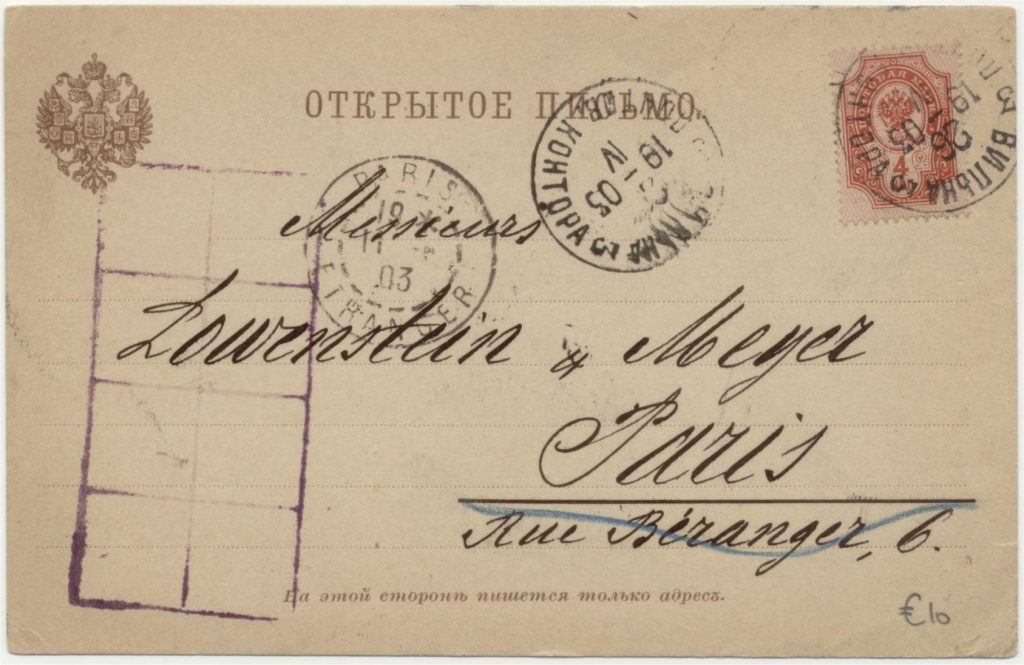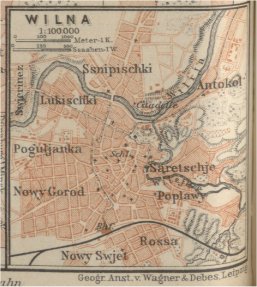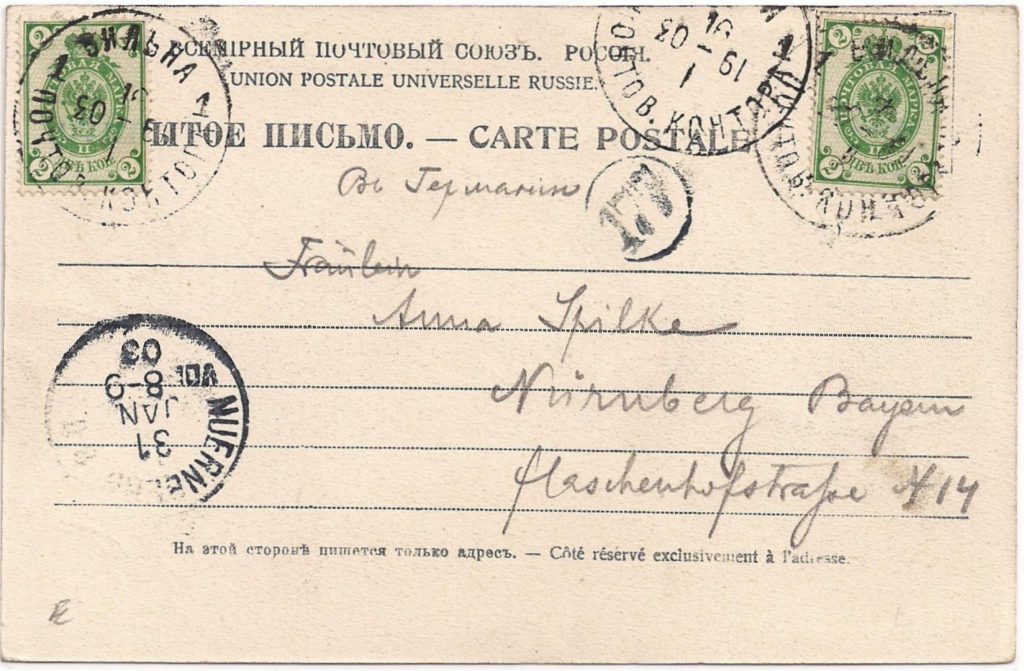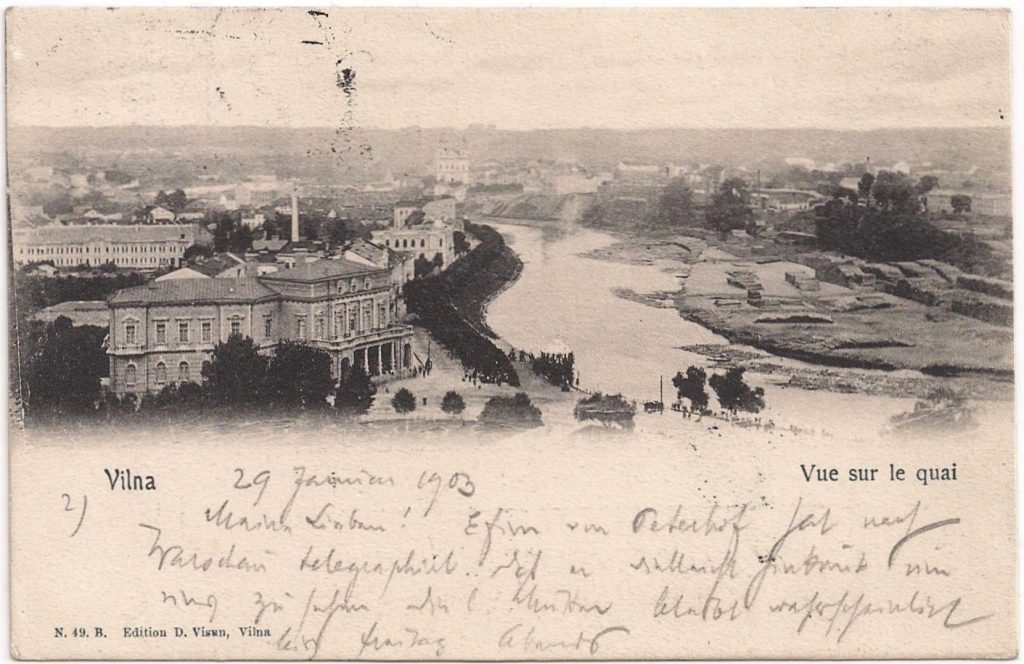In circulaire 13 van 5 april 1890 komt de instructie om bij nieuwe stempels voor de maand Romeinse cijfers te gebruiken. Dit gebeurde op suggestie van de U.P.U., de Universal Postal Union.
Ook veranderen de stempels in Rusland in het ‘crossed date’-type. In het midden staat eerst de dag, daaronder de maand (in Romeinse cijfers, links van de geheel de eeuw en rechts de rest van het jaartal.

In the classificatie of het EESTI-handboek:
Type 6: gubernia (indien aanwezig) bovenin en type postkantoor onderin
Type 6C: maand in (Romeinse) cijfers met gubernia (het ‘cross-date’-type).
Type 6D: maand in (Romeinse) cijfers zonder gubernia (het ‘cross-date’-type).
In de stempels van Vilnius, de hoofdstad van de Gubernia, is de Gubernia niet genoemd, het was niet nodig. Dus is Vilnius is alleen type 6D gebruikt.
De onderverdeling van type 6D:
6D1: met de aanduiding ПОЧТ. ТЕЛЕГР. КОНТ.
Niet in het handboek, maar wel gesignaleerd voor Vilnius:
6D2: met de aanduiding ПОЧТОВАЯ КОНТОРА [POCHTOVAYA KONTORA]
Op de brief hierboven is het stempel type 6D1 gebruikt, op de kaart hieronder is type 6D2 gebruikt.

In het stempel is de oudere aanduiding te zien: ПОЧТОВАЯ КОНТОРА (POCHTOVAYA KONTORA = Postkantoor). Zoals we hiervoor gezien hebben was dit type postkantoor (tot 1884) ten dienste van een grote stad under directe controle van het Hoiofdpostkantoor (Pochtamt) van een postdistrict.
In het handboek van Fugalewitch worden er ‘cross-date’stempels veremeld met serienummer 1 tot en met 28.


In Wikipedia is meer informatie over deze prachtige kerk. Antokól is de Poolse naam voor dit deel van Vilnius. De huidige Litouwse naam is Antakalnis, letterlijk ‘plaats op de heuvels’.

Op deze kaart (1912) van Vilnius zijn de delen van de stad aangegeven, Antokól, Lukishki, …
Uit: Baedeker’s Russia 1914 / Karl Baedeker. – First English edition published 1914, – This edition reprinted in 1971 and jointly published by David & Charles Newton Abbot and George Allen & Unwin London.- p. 39:
‘In the suburb of Antokól (….) are the Church of SS Peter & Paul, prettily situated on a slope, and completed in 1684, and the Military Hospital, built in 1691 as the château of the Princes Sapieha.’

